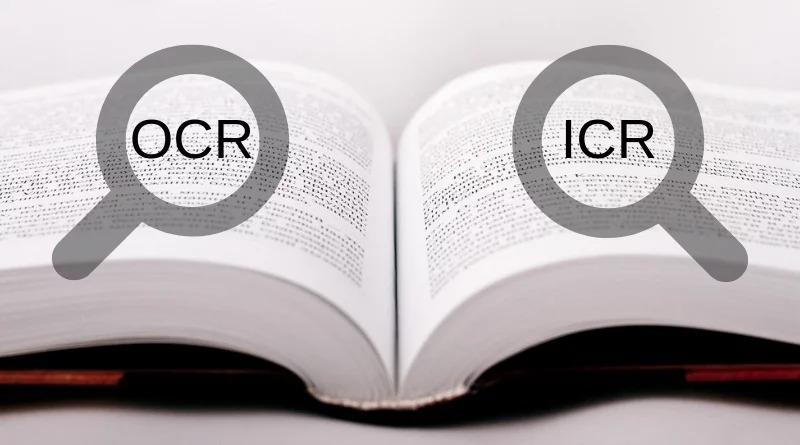In the realm of optical character recognition (OCR) and intelligent character recognition (ICR), precision and accuracy are paramount. These technologies have revolutionized the way we handle text data, but understanding the differences between OCR and ICR is crucial for selecting the right tool for your specific needs. In this article, we’ll delve deep into OCR and ICR, exploring their definitions, functionalities, use cases, and key distinctions.
OCR: Optical Character Recognition
What Is OCR?
OCR, or Optical Character Recognition, is a technology designed to recognize printed or typed text within images or scanned documents. Its primary function is to convert images of text into machine-encoded text, allowing for text search, analysis, and editing. OCR is widely used in various industries, including finance, healthcare, and document management.
How OCR Works
OCR operates by analyzing the shapes and patterns of characters within an image. It identifies these characters and converts them into machine-readable text. This process involves several stages, such as image preprocessing, character segmentation, feature extraction, and character recognition using machine learning algorithms.
Applications of OCR
OCR finds applications in many areas, from digitizing paper documents to automating data entry tasks. Some common use cases include:
- Document Digitization: OCR is used to convert physical documents into digital formats, making them searchable and editable.
- Data Extraction: In data entry and invoice processing, OCR extracts critical information from documents, reducing manual data entry efforts.
- Accessibility: OCR helps visually impaired individuals by converting printed text into speech or Braille.
ICR: Intelligent Character Recognition
What Is ICR?
ICR, or Intelligent Character Recognition, is an advanced form of OCR that goes beyond recognizing printed text. It can recognize and interpret handwritten characters and cursive writing. ICR is a more sophisticated technology, ideal for applications where handwritten data plays a significant role.
How ICR Works
ICR employs machine learning and artificial intelligence techniques to analyze and interpret handwritten characters. It takes into account various factors, such as writing style, context, and linguistic rules, to accurately decipher handwritten text.
Applications of ICR
ICR is particularly valuable in scenarios where handwritten text is prevalent:
- Forms Processing: ICR can automate the extraction of information from handwritten forms, reducing errors and processing time.
- Medical Records: In healthcare, ICR can interpret handwritten medical notes and prescriptions, improving accuracy and patient care.
- Banking: For banks, ICR is used to process handwritten checks and forms efficiently.
Key Differences: OCR vs. ICR
Now that we have a solid understanding of OCR and ICR, let’s highlight the key differences between the two:
- Text Type: OCR is designed for printed or typed text, while ICR handles handwritten text, including cursive writing.
- Complexity: ICR is more complex than OCR due to the variability and intricacies of handwritten characters.
- Use Cases: OCR is suitable for digitizing printed documents and automating data entry with printed text, whereas ICR is essential for applications involving handwritten data, such as forms and medical records.
- Accuracy: ICR generally requires a higher level of accuracy because of the challenges posed by handwriting variations.
Choosing the Right Solution
Selecting the right technology depends on your specific needs. If you primarily deal with printed or typed text, OCR is a reliable and cost-effective choice. However, if handwritten data is a significant component of your workflow, investing in ICR can yield substantial benefits, especially in terms of accuracy and efficiency.
In conclusion, OCR and ICR are powerful tools for text recognition and data extraction, each with its unique capabilities. Understanding their differences empowers you to make informed decisions when implementing these technologies in your organization. Whether you choose OCR or ICR, you’ll be harnessing the potential to streamline your processes and enhance the accuracy of your data handling tasks.


